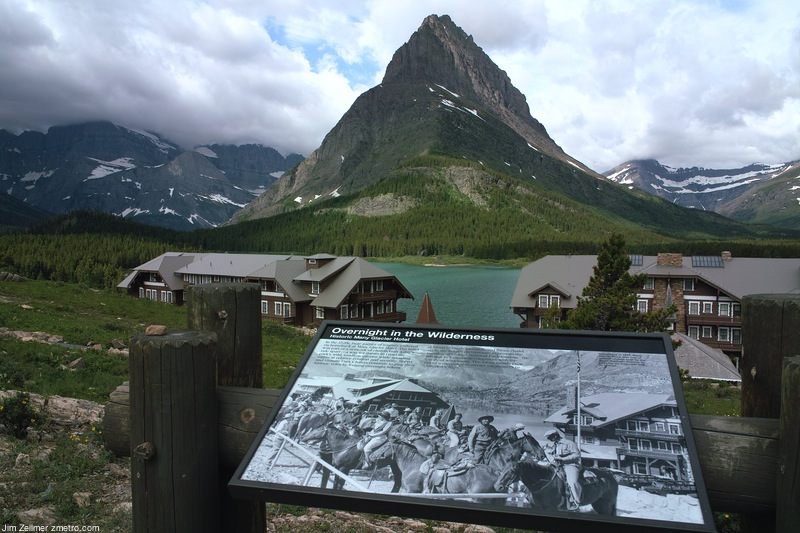Click to view the full screen vr scene. Place your mouse inside the photo, click and pan left, right, up or down..
Bata Shoe Museum website:
Sonja Bata was born in Switzerland, where she studied architecture. In 1946 she married Thomas J. Bata, the son of a well-known Czechoslovakian shoe manufacturer who had emigrated to Canada at the beginning of World War II. His family enterprise in Czechoslovakia had been nationalized under the Communist occupation. From the beginning, Sonja Bata shared her husbandfs determination to rebuild the organization and took an active interest in what was to become a global footwear business.
Over the years, she grew increasingly fascinated by shoes, their history and the reasons why specific shapes and decorative treatments had developed in different cultures. During her travels, she realized that some traditional forms were being replaced with western shoes, reflecting changing lifestyles to some extent influenced by the production of the spreading Bata factories serving local markets.
Since the 1940s, Sonja Bata has scoured the world for footwear of every description, from the most ordinary to the most extraordinary. Her combined interest in design and shoes has led to a very personal collection, with examples from many cultures and historic periods.
This hand held vr scene was taken a few months ago while “stuck” in Toronto during a snowstorm.

